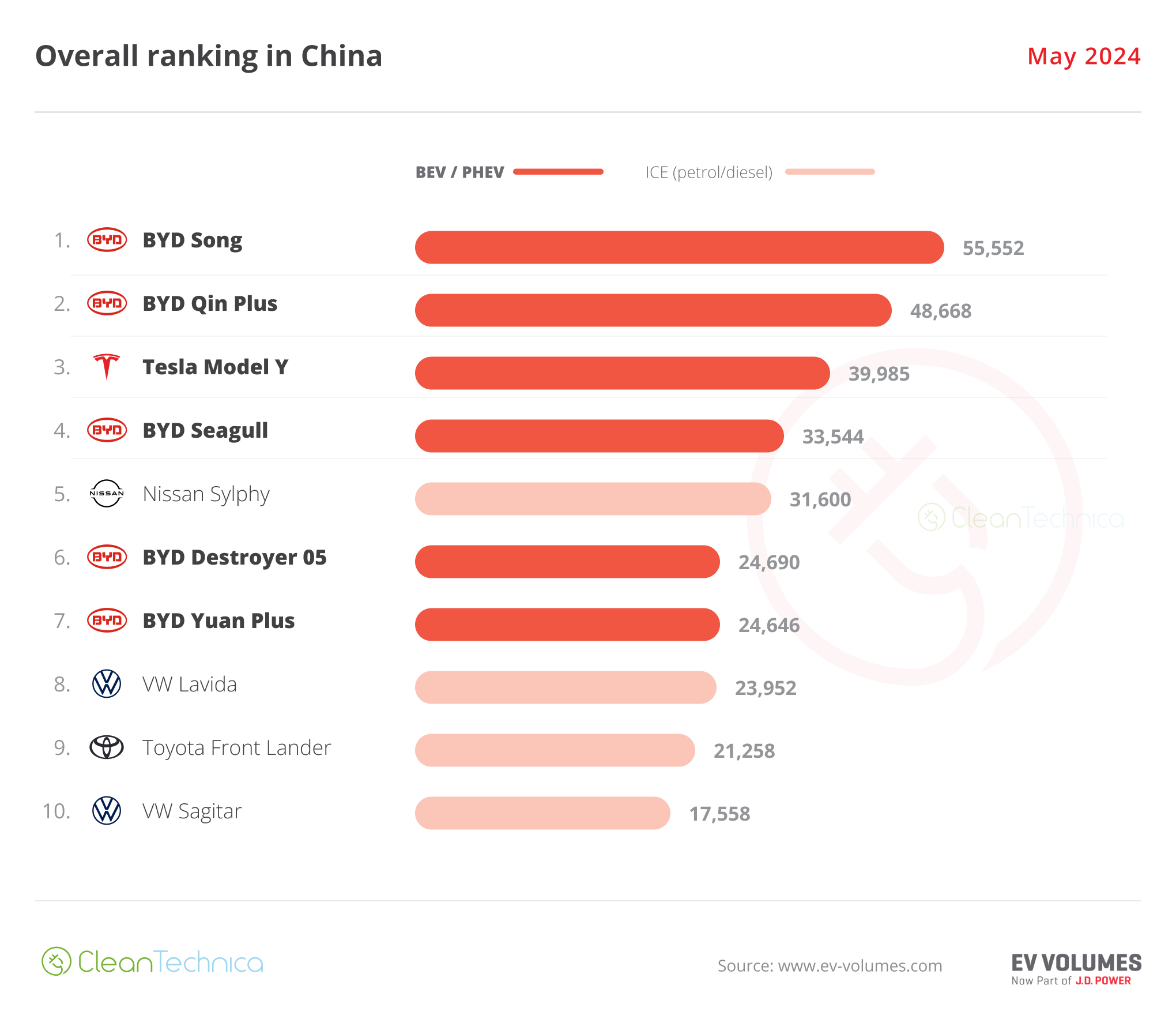Sign up for daily news updates from CleanTechnica on email. Or follow us on Google News!
There is a direct relationship between the time US consumers spend with an electric vehicle (EV) and their desire to purchase one. On the other hand, over one-third of US consumers haven’t had the chance to get up-front-and-personal with an EV. It’s clearly time to expose more consumers to EVs to increase their visibility and the mass transition to transportation electrification.
We who are already immersed in the EV world feel that it’s the benefits of EVs that should attract new customers: daily driving costs, a quiet driving experience, dependable acceleration, infrequent maintenance needs, and state-of-the-art technology. But all too often customers resist EVs because of high purchase prices, long refueling times, limited range, insufficient numbers of charging stations, and high maintenance costs.
Today’s models of human behavior demonstrate the complex interplay between individual choice and complex and adaptive social, ecological, and economic systems. Most research studies on consumer acceptance of EVs fall into the following categories:
- Technical: acceleration, range, recharging time
- Contextual: charging availability, environmental impact, policy incentives
- Cost-related: purchase and operational costs, resale value
- Sociodemographics: income, education, gender, age
- Social factors: norms, neighborhood effects
- EV experience: knowledge and familiarity
EV adoption certainly depends on all these variables, but the most important element, it stands to reason, depends on public acceptance that emerges from knowledge and familiarity.
Our gut tells us that, if we expose more consumers to EVs, then more consumers will gain the familiarity they need to make informed decisions about buying EVs.
Several studies support the hypothesis that personal experiences with EVs leads to acceptance; individuals aware of charging infrastructure tend also to have higher EV acceptance. For example, data from a 2023 Consumer Reports survey points to rapid growth in US areas where EVs are already popular. You see it around your own area — a college student plugs in their EV to charge while at the local grocery store. A dad picks up his kids from soccer with his only car, an EV. A family at a highway rest stop piles in their EV and quietly zips away.
But what happens when potential EV consumers don’t see EVs during their daily routines? EV sales plummet, that’s what. The general population, moreover, appears only to have low awareness of EV charging availability. Experience helps to reduce range anxiety.
How do auto showrooms contribute to a potential EV buyer’s experience? The combination of vehicle layout, lighting, scent, and interior displays in sales showrooms create an important EV interaction environment. Human factors come into play here, too, as experiential values are positively affected by the environment. The emotions and social components that arise from EV transactions, of course, can be positively affected by important salesperson–customer interactions. Yet too many salespeople lack sufficient EV knowledge and skills and express negativity about EVs to potential customers.
Some people might say that salespeople are becoming obsolete in the EV industry, anyway, with the advent of online car shopping. While online purchasing has proven relatively effective for Tesla, many customers do not care to interact with a car company online, may not have the background to use an app to learn about a particular EV company’s instructions, or don’t spend much time reading social media posts.
Expose More Consumers, Especially Women, to EVs
Advocacy groups present the best opportunities right now as forums to expose new consumers to EVs. Modeling such exposure is Erika Myers, the executive director of CharIn North America, an organization focused on standardizing charging infrastructure. Myers told NPR for Northern Colorado:
“I don’t miss the gas station at all. I don’t miss touching those grubby handles that are disgusting and never get cleaned. I don’t miss the fumes coming out of the gas station. I don’t miss the time that I had to spend filling my car or changing my oil. The EV has made my life infinitely better, and I will never go back.”
Myers has a blog called EV Love which encourages women to buy EVs. Despite making over 80% of the vehicle purchasing decisions for their families, women are not convinced that all-electric transportation is the way to go.
Edmunds’ data tells more of the story.
“US auto sales data confirms there is a gender gap in electric vehicle purchases even as the segment grows in market share and popularity among consumers. In 2023 (through June), 67% of all EV buyers were men and 33% were women.”
It makes sense to change the way that EVs are marketed if half the population is to be enticed to drive battery electric vehicles. According to research by Geotab Inc., a technology company that provides vehicle and asset tracking solutions, safety at public charging stations is a big factor among women considering an electric vehicle. In the US, they found that:
- 43% of women surveyed have safety concerns regarding EV charging stations
- Approximately 40% of women surveyed noted the importance of accessible, well-lit charging stations in less remote areas would influence their EV purchase decision
- 21% of women surveyed consider increased security around charging stations as a factor that could influence their next vehicle purchase
“The key message here in a global business is different markets, different targets, different technologies,” director of engineering services for MAHLE Powertrain, Simon Reader, explains. There is hope. Governments and utilities are providing incentives for convenience stores to host chargers, which would give all drivers amenities like bathrooms, food, and Wi-Fi while they charge.
Final Thoughts about the Need to Expose More Consumers to EVs
By neglecting political and collective behavior, which is the core of the psychology of sustainability, the US misses out on opportunities to expose more consumers to EVs. The problem is part of a larger issue within the sustainability movement, as we are constantly seeking answers to the question, “How do we motivate individual people to consume more sustainably within the existing social structure?”
We need to consider alternative systems that address the problems with the transportation system that is currently failing us — such as reaching out beyond the prevailing systems that have set up barriers to EV adoption. We must use our social wherewithal to address mass systemic change around EVs, starting at the local level and reaching out to our neighbors, asking a simple question, “Hey — wanna go for a ride in my EV?”
Have a tip for CleanTechnica? Want to advertise? Want to suggest a guest for our CleanTech Talk podcast? Contact us here.
Latest CleanTechnica.TV Video
CleanTechnica uses affiliate links. See our policy here.





